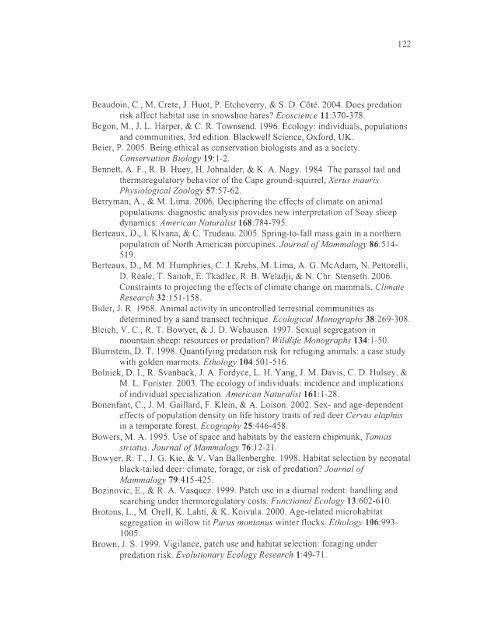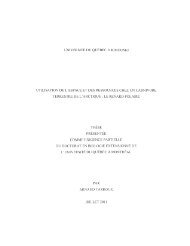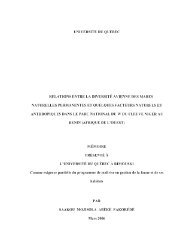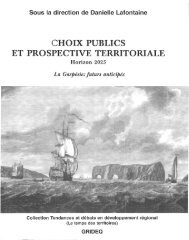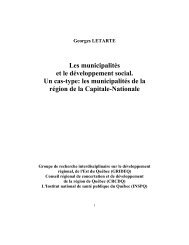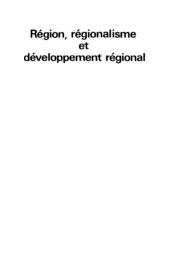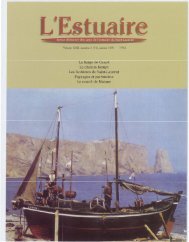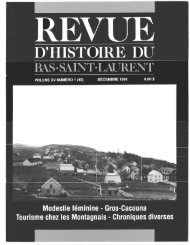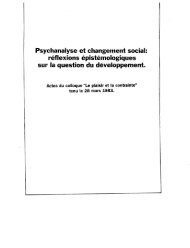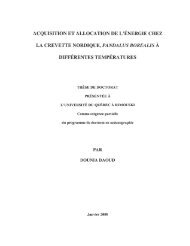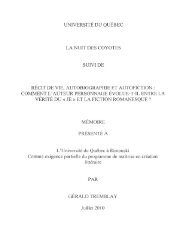influence du climat et de la prédation sur l'utilisation de l'habitat et la ...
influence du climat et de la prédation sur l'utilisation de l'habitat et la ...
influence du climat et de la prédation sur l'utilisation de l'habitat et la ...
Create successful ePaper yourself
Turn your PDF publications into a flip-book with our unique Google optimized e-Paper software.
Beaudoin, c., M. Cr<strong>et</strong>e, J. Huot, P. Etcheverry, & S. D. Côté. 2004. Does predation<br />
risk affect habitat use in snowshoe hares? Ecoscience 11:370-378.<br />
Begon, M., J. L. Harper, & C. R. Townsend. 1996. Ecology: indivi<strong>du</strong>als, popu<strong>la</strong>tions<br />
and communities, 3rd edition. B<strong>la</strong>ckwell Science, Oxford, UK.<br />
Beier, P. 2005. Being <strong>et</strong>hical as conservation biologists and as a soci<strong>et</strong>y.<br />
Conservation Biology 19: 1-2.<br />
Benn<strong>et</strong>t, A. F., R . B. Huey, H. Johnal<strong>de</strong>r, & K. A. Nagy. 1984. The parasol tail and<br />
thermoregu<strong>la</strong>tory behavior of the Cape ground-squirrel, Xerus inauris.<br />
Physiological Zoology 57:57-62.<br />
Berryman, A., & M. Lima. 2006. Deciphering the effects of <strong>climat</strong>e on animal<br />
popu<strong>la</strong>tions: diagnostic analysis provi<strong>de</strong>s new interpr<strong>et</strong>ation of Soay sheep<br />
dynamics. American Naturalist 168:784-795 .<br />
Berteaux, D., 1. Klvana, & c. Tru<strong>de</strong>au. 2005. Spring-to-fall mass gain in a northern<br />
popu<strong>la</strong>tion of North American porcupines. Journal ofMammalogy 86:514-<br />
519.<br />
Berteaux, D ., M. M. Humphries, C. J. Krebs, M . Lima, A. G. McAdam, N . P<strong>et</strong>torelli,<br />
D. Réale, T. Saitoh, E. Tkadlec, R. B. We<strong>la</strong>dji, & N. Chr. Stens<strong>et</strong>h. 2006.<br />
Constraints to projecting the effects of <strong>climat</strong>e change on mammals. Climate<br />
Research 32: 151-158.<br />
Bi<strong>de</strong>r, J. R. 1968. Animal activity in uncontrolled terrestrial communities as<br />
d<strong>et</strong>ermined by a sand transect technique. Ecological Monographs 38:269-308.<br />
Bleich, V. c., R. T. Bowyer, & J. D. Wehausen. 1997. Sexual segregation in<br />
mountain sheep: resources or predation? Wildlife Monographs 134: 1-50.<br />
Blumstein, D. T. 1998. Quantifying predation risk for refuging animais: a case study<br />
with gol<strong>de</strong>n marmots. Ethology 104:501-516.<br />
Bolnick, D. L, R. Svanback, J. A. Fordyce, L. H. Yang, J. M. Davis, C. D. Hulsey, &<br />
M. L. Forister. 2003. The ecology of indivi<strong>du</strong>als: inci<strong>de</strong>nce and implications<br />
of indivi<strong>du</strong>al specialization. American NaturaUst 161: 1-28.<br />
Bonenfant, c., J. M . Gail<strong>la</strong>rd, F. Klein, & A. Loison. 2002. Sex- and age-<strong>de</strong>pen<strong>de</strong>nt<br />
effects of popu<strong>la</strong>tion <strong>de</strong>nsity on life history traits of red <strong>de</strong>er Cervus e<strong>la</strong>phus<br />
in a temperate forest. Ecography 25:446-458 .<br />
Bowers, M. A. 1995. Use of space and habitats by the eastern chipmunk, Tamias<br />
striatus. Journal ofMammalogy 76: 12-21.<br />
Bowyer, R. T., J. G. Kie, & V. Van Ballenberghe. 1998. Habitat selection by neonatal<br />
b<strong>la</strong>ck-tailed <strong>de</strong>er: <strong>climat</strong>e, forage, or risk of predation? Journal of<br />
Mammalogy 79:415-425.<br />
Bozinovic, E., & R. A. Vasquez. 1999. Patch use in a diurnal ro<strong>de</strong>nt: handling and<br />
searching un<strong>de</strong>r thermoregu<strong>la</strong>tory costs. Functional Ecology 13:602-610.<br />
Brotons, L., M. Orell, K. Lahti, & K. Koivu<strong>la</strong>. 2000. Age-re<strong>la</strong>ted microhabitat<br />
segregation in willow tit Parus montanus winter flocks. Ethology 106:993-<br />
1005.<br />
Brown, J. S. 1999. Vigi<strong>la</strong>nce, patch use and habitat selection: foraging un<strong>de</strong>r<br />
predation risk. Evolutionary Ecology Research 1 :49-71.<br />
122


